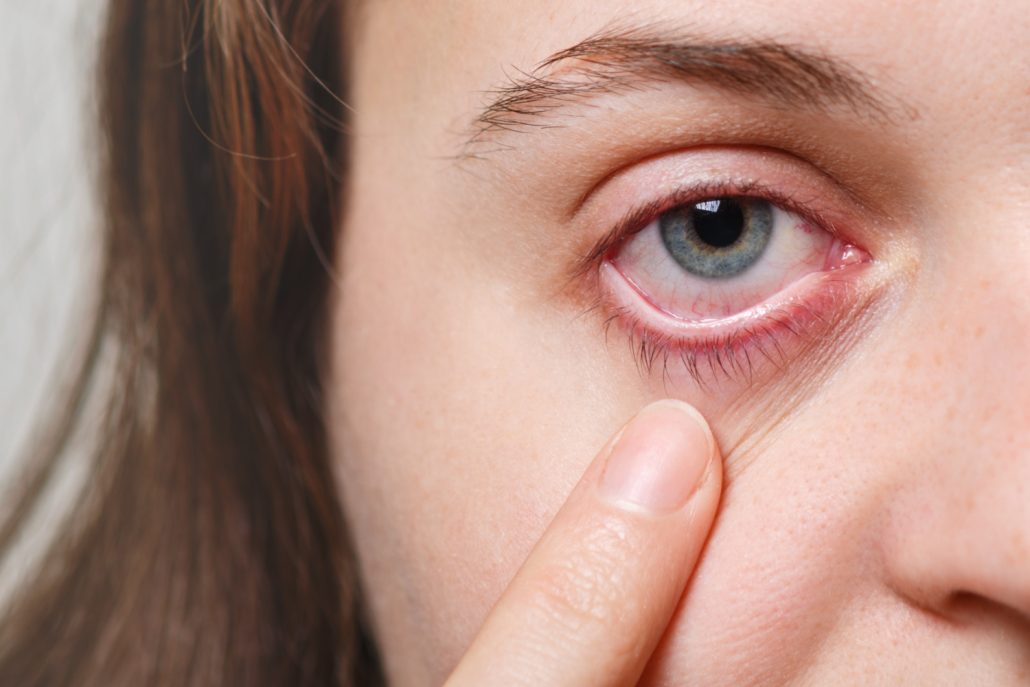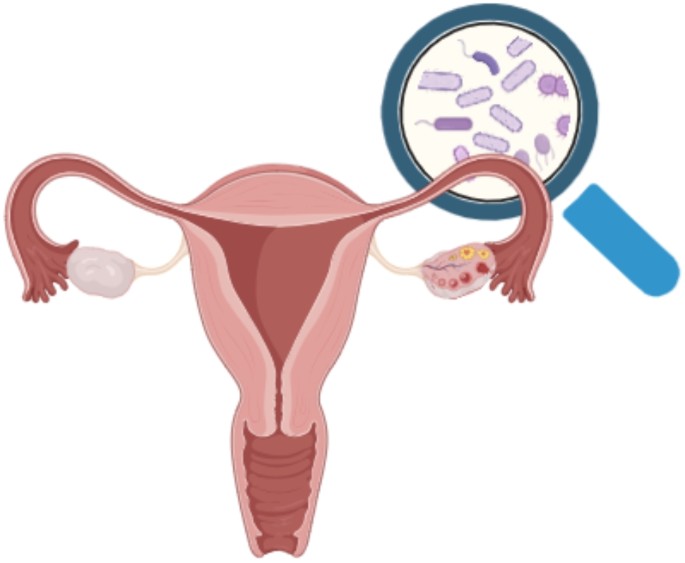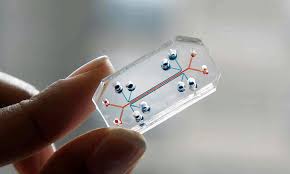Rising Cases of Dry Eye Disease: Causes, Prevention, and Treatment Options
Pune: Forty-five-year-old Shruti never imagined that her long hours in front of a laptop and constant engagement with mobile devices would lead to persistent eye discomfort. Despite using eye drops, her strain worsened, prompting a visit to Dr. Parikshit Gogate, an ophthalmologist at Community Eye Care Foundation, Pune. She was diagnosed with Dry Eye Disease (DED)—a condition where the eyes fail to produce adequate tears for lubrication.
Shruti’s symptoms included redness, burning sensations, light sensitivity, and eye fatigue. Now under medical care, she follows a structured eye care routine, including vitamin supplements, intentional blinking exercises, and regular breaks from screen time.
Why Many Patients Remain Unaware of Dry Eye Syndrome
Experts note that a significant number of people suffer from DED without realizing it, as symptoms often overlap with other eye conditions. Dr. Gogate explains that watery eyes—often mistaken for excessive tear production—can actually be a response to dryness, producing low-quality tears that fail to lubricate the eye surface effectively.
A recent multi-center Italian study highlights that dry eye disease is often overlooked, affecting work productivity and social interactions.
Causes of Dry Eye Syndrome
Multiple factors contribute to tear film dysfunction, including:
✔ Hormonal changes
✔ Autoimmune diseases
✔ Inflamed eyelid glands
✔ Allergic eye conditions
✔ Vitamin deficiencies (A, B12, D)
✔ Prolonged exposure to air-conditioned environments
Additionally, certain medications, such as antihistamines, antidepressants, steroids, and blood pressure drugs, can trigger DED by affecting tear production.
Dr. Jeevan Ladi, founder of Dada Eye Laser Institute, Pune, warns that young professionals are increasingly at risk due to incomplete blinking while using screens. This prevents the activation of oil glands in the eyelids, destabilizing the tear film.
Prevention and Treatment Strategies
Dr. Ladi emphasizes that newer lubricants and cyclosporine eye drops can help manage the condition. Dr. Gogate suggests additional interventions, including:
🔹 Preservative-free lubricants
🔹 Warm compresses and lid scrubs for eyelid hygiene
🔹 Tear duct plugs to retain moisture
🔹 Devices that apply controlled warmth and pressure to unblock tear glands
Beyond medical treatments, reducing screen exposure, taking frequent breaks, and using a humidifier can minimize symptoms. Doctors also warn against prolonged mobile usage in the dark, as it strains the small eye muscles, causing headaches and irritability.








